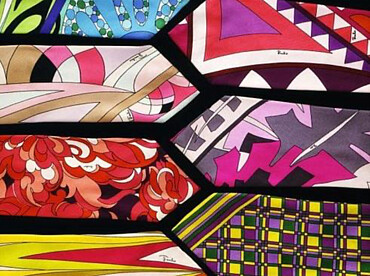Abstract
The digitisation of cultural heritage started more than 20 years ago and brought about a few changes in the way culture is being produced, consumed, and perceived. Initially, this process aimed at taking out the cultural artefacts, which were stuck in the dusty galleries, libraries, archives, museums, and bringing them closer to both professionals from the creative industries and non-professionals. Nevertheless, this approach is rather difficult because even though there is a huge amount of already digitised cultural heritage, those resources are not used that much, especially in the segment of fashion heritage. What is the importance and the relevance of a digitised cultural heritage? How can both the organisation and its users benefit from it?
Citation Note
Follow the 'handle' link to access the Case Study on RePub.
For EUR staff members: the Teaching Note is available on request, you can contact us at rsm.nl/cdc/contact/
Objective
1. Explain how digitisation is used in preserving and popularising fashion heritage 2. Explain the advantages and disadvantages of having an extensive network of partners 3. Analyse the (co)curating practices of the EFHA 4. Analyse the effectiveness of the curatorial strategy used by the EFHA to engage students 5. Discuss whether or not crowdsourcing can be an effective approach to finding new (co)curatorial practices
